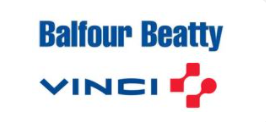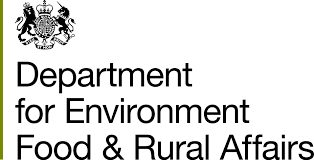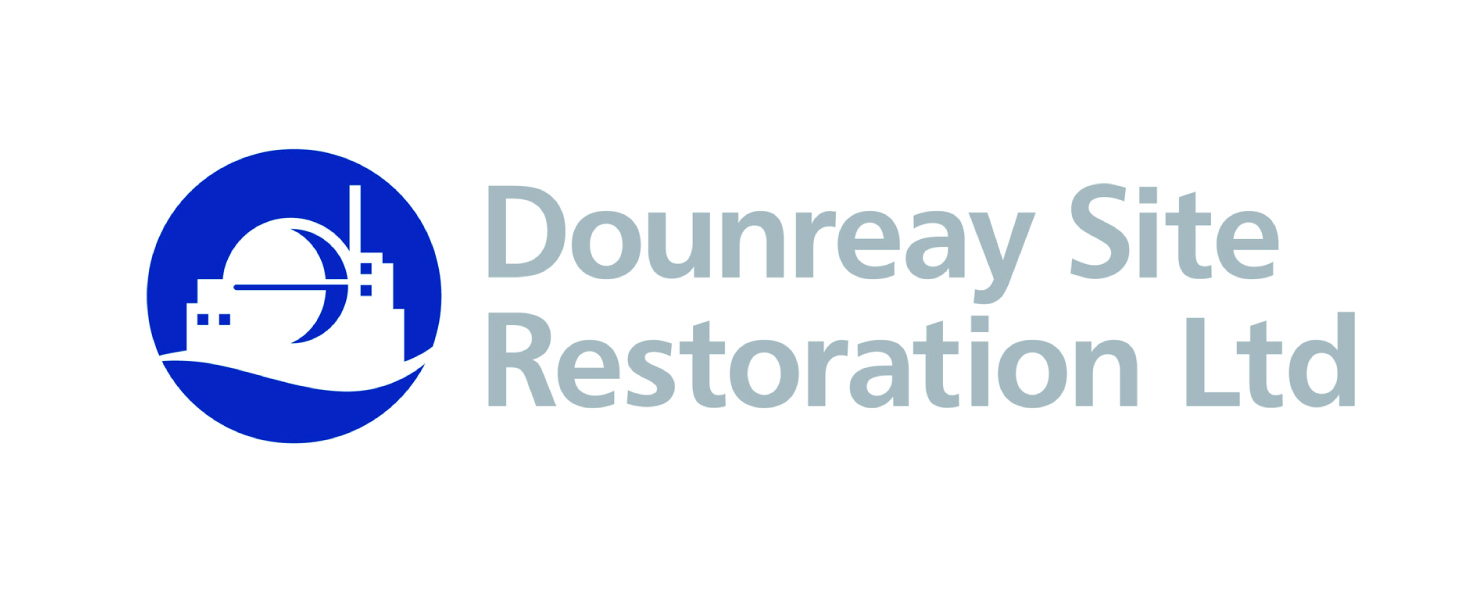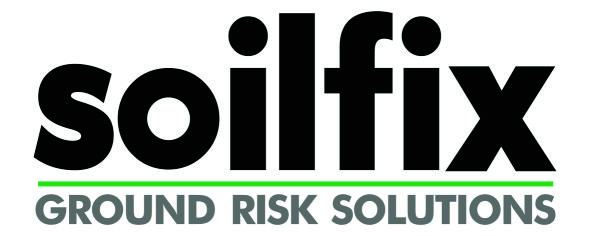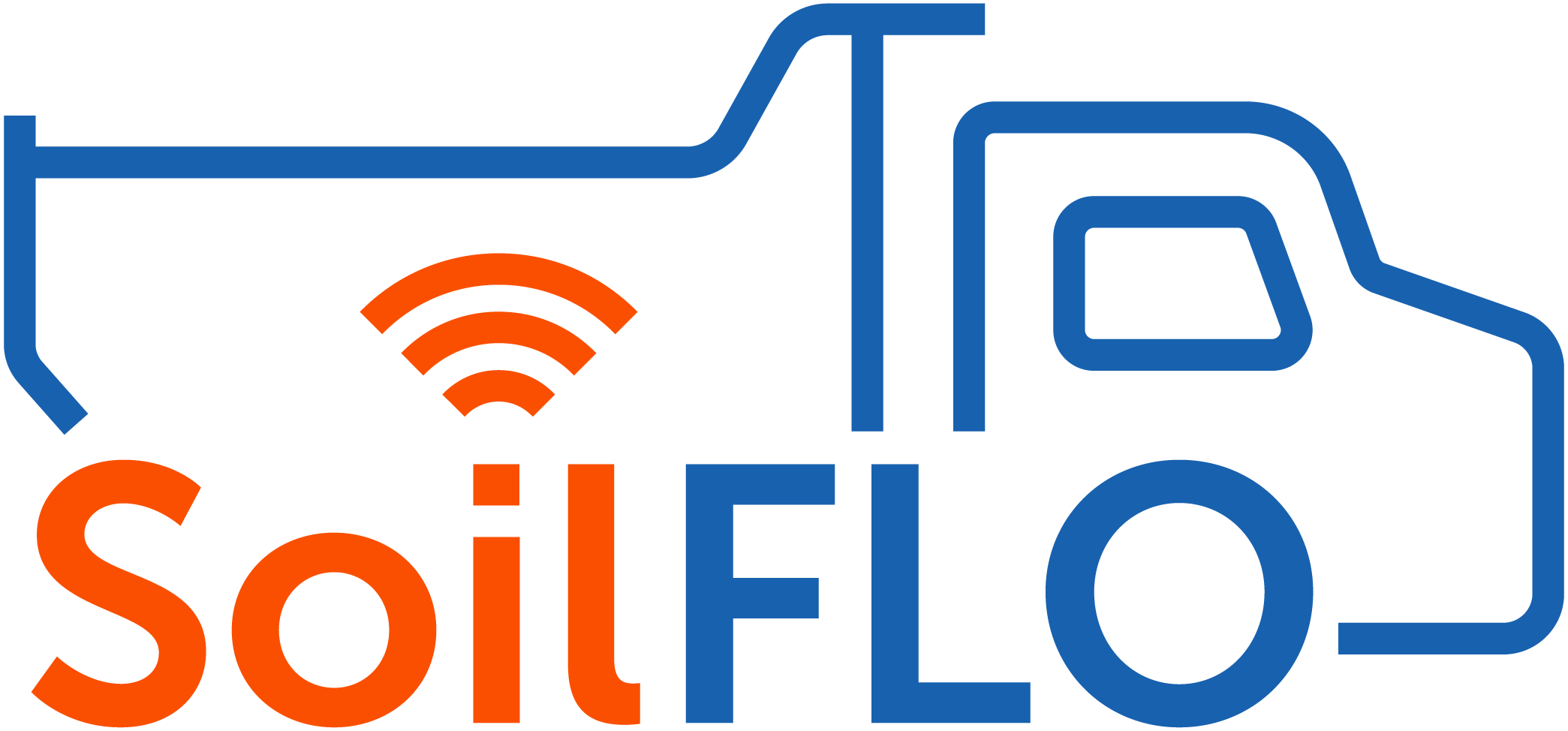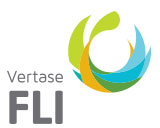List of science reports that are relevant to the derivation of SGV, the CLEA framework reports, and assessment of risks to health from land contamination.
A note about bioaccessibility
The Environment Agency has published several research reports on oral bioaccessibility for soil contaminants and on the development of in vitro tests. Such tests should be used cautiously in assessing risks to health since the relationship between measured bioaccessibility and the relative human biological availability / toxicity of contaminants remains uncertain. The Environment Agency are not able to recommend any specific test. Provided such testing has been carried out in accordance with guidelines for good practice, the results may be useful for arsenic as part of a "lines of evidence approach" to evaluating site-specific risk including the sensitivity of any quantitative risk assessment.
A "lines of evidence approach" means that no single piece of evidence, such as the outcome of an in vitro test should be solely relied on to make a decision about health risks. But alongside other investigations and considerations, such as a greater understanding of soil chemistry, in vitro tests may inform a site-specific risk evaluation.
Published 2009
JEFFRIES, J., 2009. A review of body weight and height data used within the Contaminated Land Exposure Assessment model (CLEA). Project SC050021/ Technical Review 1. Bristol: Environment Agency. (PDF, 98KB)
Report reviewing recent information on body weights and heights for children and adults. It considers the limitations of the data and explains how we have used it to derive values for use within the CLEA model.
Published 2008
Science Report SC050021/SR7 Compilation of Data for Priority Organic Pollutants for Derivation of Soil Guideline Values (PDF, 4.6MB)
Provides a summary of recommended values for physical-chemical properties for sixty-six organic chemicals. We will use these recommended values in deriving Soil Guideline Values.
Environment Agency, 2008. Supporting spreadsheet to Science Report SC050021/SR7 Compilation of data for priority organic pollutants for derivation of Soil Guideline Values. (Excel, 92KB)
Spreadsheet containing the recommended data from Environment Agency, 2008, 'Compilation of data for priority organic pollutants for derivation of Soil Guideline Values' formated to be easily cut and pasted directly into the CLEA software chemicals database.
Published 2007
ENVIRONMENT AGENCY, 2007. Inter-laboratory comparison of in vitro bioaccessibility measurements for arsenic lead and nickel in soil, Science Report SC040060/SR2. Bristol: Environment Agency. (PDF, 816KB)
Report looking at the results different laboratories obtained when testing soil which was designed to simulate the effects of the human digestive system. A range of soils were examined for different metals and metalloids. The report discusses the variations that were found.
Published 2006
ENVIRONMENT AGENCY, 2006. Questionnaire survey on the use of In-vitro bioaccessibility in human health risk assessment, Science Report SC040060/SR1. Bristol: Environment Agency. (PDF, 775KB)
Survey looking at the experiences of local authorities on how often they have received risk assessments incorporating laboratory tests on soils designed to simulate the effects of the human digestive system. It also looks at how they treat them.
ENVIRONMENT AGENCY, 2006. Evaluation of Models for Predicting Plant Uptake of Chemicals from Soil, Report SC050021/SR. Bristol: Environment Agency (PDF, 676KB)
Report reviewing the different approaches available for modelling the uptake of organic contaminants into plants.
Published 2005
ENVIRONMENT AGENCY, 2005. Review of Building Parameters for Development of a Soil Vapour Intrusion Model, Report P5-079/PR. Bristol: Environment Agency. (PDF, 2.9MB)
Report reviewing the range of values found within UK building stock for parameters needed to model the transport of vapours from soil into buildings. It is the basis of the values we recommend for default building types in the CLEA report.
ENVIRONMENT AGENCY, 2005. International workshop on the potential use of bioaccessibility testing in risk assessment of land contamination, Science Report SC040054. Bristol: Environment Agency. (PDF, 16.5MB)
Report summarising discussions at a workshop of international experts in the field of laboratory tests on soils designed to simulate the effects of the human digestive system. It discusses recent advances and limitations of the various techniques.
ENVIRONMENT AGENCY, 2005. The UK Approach for Evaluating Human Health Risks from Petroleum Hydrocarbons in Soil, Report P5-080/TR3. Bristol: Environment Agency. (PDF, 536KB)
Report explaining how we recommend you should evaluate mixtures of total petroleum hydrocarbons when conducting a human health risk assessment. Includes a discussion of which physical-chemical properties and toxicological data you might choose to use for the various fractions and also considerations of additivity.
Published 2002
ENVIRONMENT AGENCY, 2002. Collation of Toxicological Data and Development of Guideline Values for Explosive Substances, R&D Project Record P5-036/01. Bristol: Environment Agency. (PDF, 927KB)
Report providing information relating to toxicology and physical-chemical properties of explosives and also explains how this information was derived. Of use in assessing contamination by explosives in soils.
ENVIRONMENT AGENCY, 2002. In-vitro Methods for the Measurement of the Oral Bioaccessibility of Selected Metals and Metalloids in Soils: A Critical Review, Technical Report P5-062/TR/01. Bristol: Environment Agency. (PDF, 292KB)
Report reviewing the available bioaccessibility tests for soil. These are laboratory tests designed to model how readily soil contamination from metals and metalloids may enter the digestive system. It discusses which metals have been evaluated and how well the laboratory tests have been aligned with those on animals.
ENVIRONMENT AGENCY, 2002. Measurement of the Bioaccessibility of Arsenic in UK Soils, Report P5-062/TR/02. Bristol: Environment Agency. (PDF, 850KB)
Report discussing the results of laboratory tests comparing how readily arsenic in soils from different areas of England and Wales entered models representing the human digestive system. It also discusses additional lines of analytical evidence looking at the mineralogy of the arsenic in the soil and its influence on bioaccessibility.








